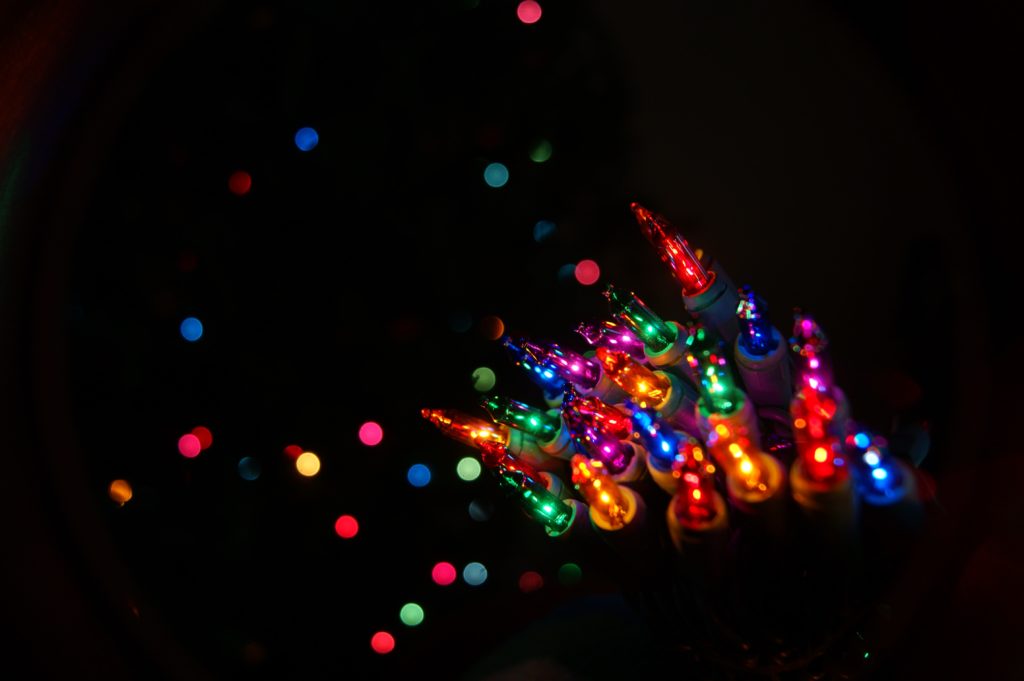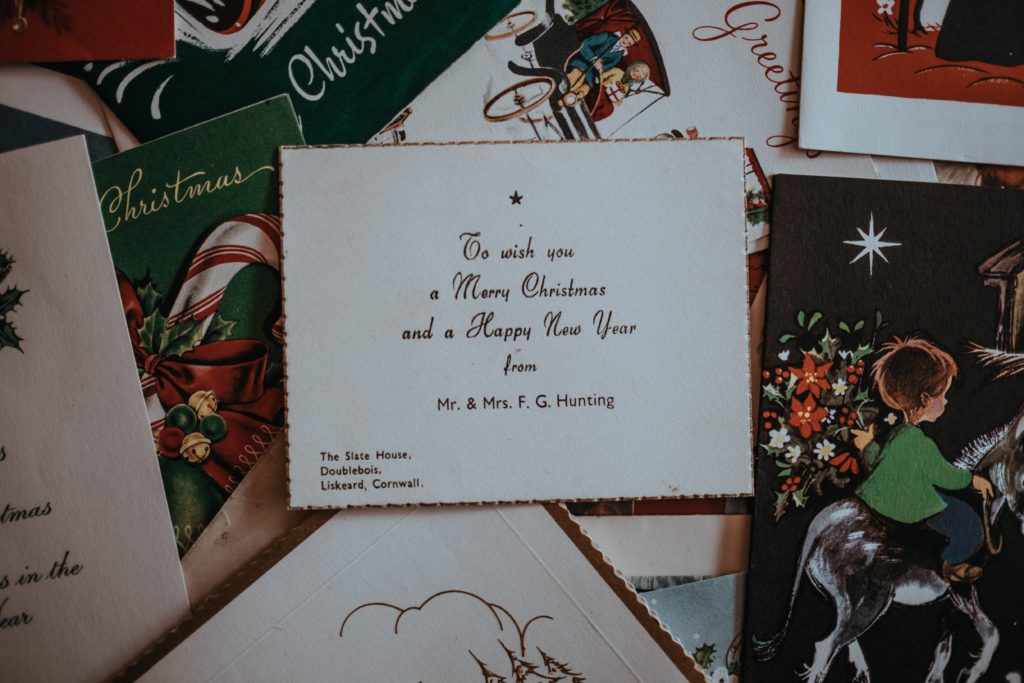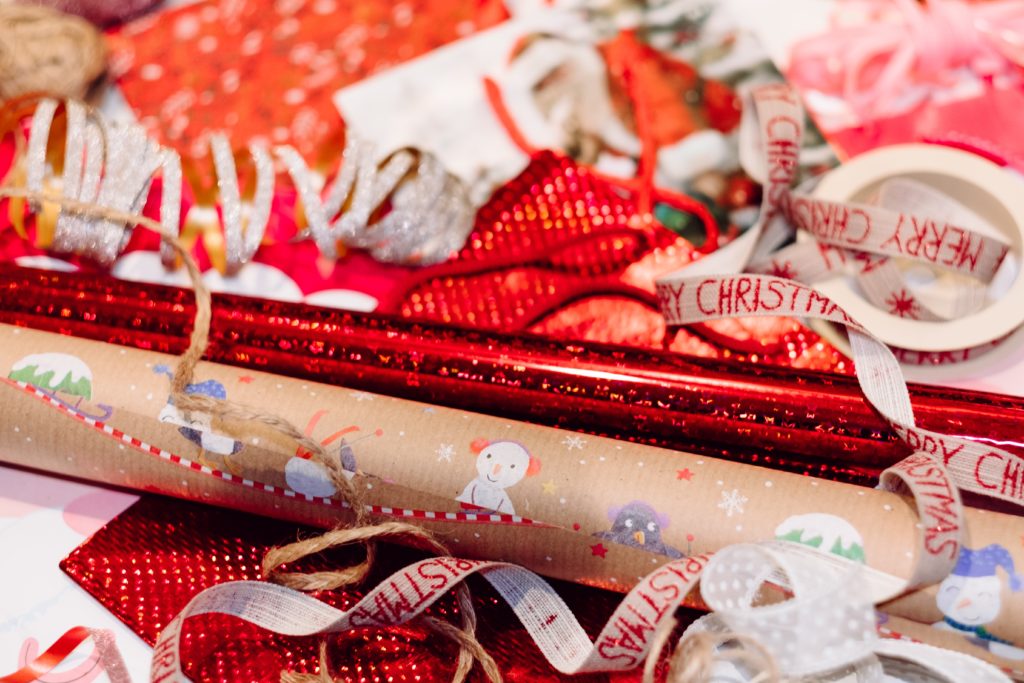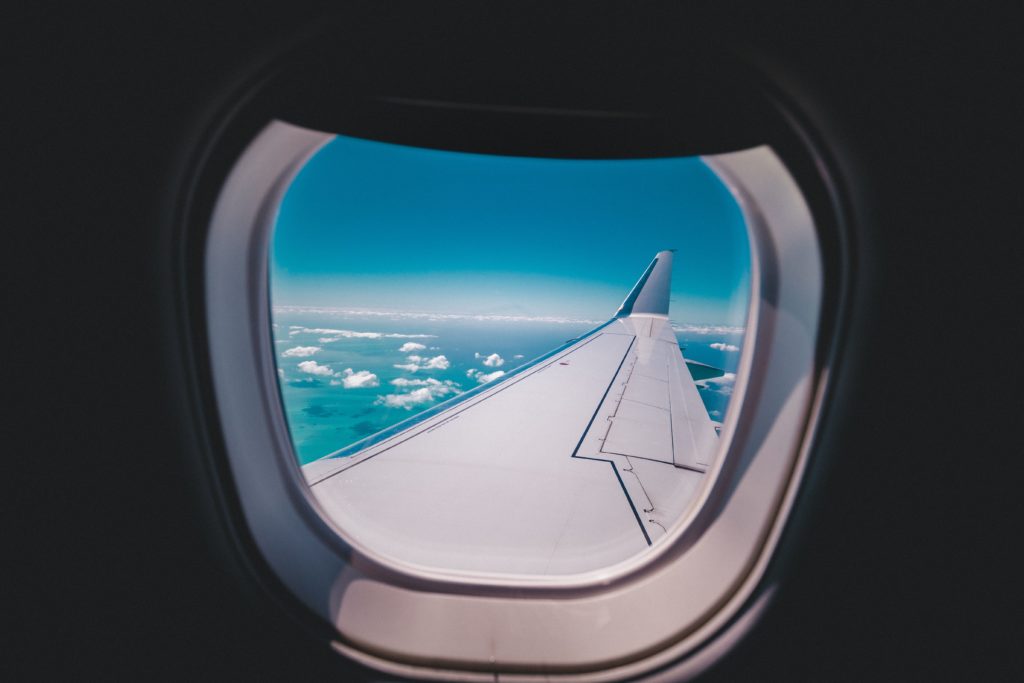The Environmental Impact of the Holiday Season

Fun fact about me: I love the holiday season. I love all of it; the lights, the music, the food.I even love a good gift-wrapping session. I love seeing my family, and I love seeing everyone happy. All that joy does come at a cost, though. Between the lights, travel, wrapping, and food, we create a lot of waste during a normal holiday season. More than one million additional tons of additional waste is created each week between Thanksgiving and New Year’s.
Holiday Lighting

Strings of lights produce enough carbon dioxide to fill 15,500 hot air balloons, and we all know how large those are. It’s a lot of carbon dioxide. They also increase light pollution by up to 50% in some areas. Light pollution is much more harmful than you’d expect. For us humans, it decreases the amount of melatonin we produce, meaning worse sleep. It’s also been linked to obesity, and too much light can actually make driving at night more difficult.
For animals, it’s even worse. Coral grows under the moonlight, which also guides baby turtles to the ocean. Artificial light throws a coral’s biological clock off-balance, guiding turtles away from the ocean. Reproduction of frogs and migration of birds is also impacted. And that’s just the beginning.
To help out, use LED lights. They’re 90% more efficient and just as durable. If you have lights outside, use solar-powered strings. Many strings of lights allow you to set a timer: do it! If you can, the best option is no lights, or at least use no lights outside. Generally, the fewer lights, the better.
Paper Products

During the holidays, we use at least eight thousand tons of wrapping paper, 2.65 billion holiday cards, and even more paper from groceries and online shopping. The waste produced from all that paper isn’t the only problem, either. In 2005, the paper industry made up 6% of the globe’s industrial energy usage, and we’ve only been using more paper since then.
Luckily, there are many ways to decrease how much paper you use. To start, send e-cards! Just as nice, and honestly, quicker than sending paper cards. You can also reuse wrapping paper if you’re careful, along with any boxes things may be wrapped in. Additionally, you can buy recycled wrapping paper in most stores, or through Wrappily. Wrappily creates 100% recyclable and compostable paper and ribbons. There’s also a lot of tricks for eco-wrapping out there, such as using fabric. For more ideas, check out EcoCult.
Plastic Products

Wrapping gifts, holiday parties, the food… we use a lot of plastics in general, but it only increases around the holidays. Just think about all the plastic cups and silverware used at holiday parties. The bows and wrapping paper contain plastic. The packaging on toys, food, decor, and the bags from the stores. Single-use plastics from ordering in when you really don’t want to cook. The plastic Christmas trees and other holiday decors. It’s a lot of plastic. In the UK, it’s an additional 125,000 tons of plastic from food alone.
Using less plastic around the holidays is a lot like using less plastic year-round: use reusable containers at parties, during travel, and when ordering in. Additionally, make sure any wrapping paper you use is actually paper, and reuse bows year to year. If you can, get a real Christmas tree, or use plastic versions for as long as possible. We use a plastic one at my house, and we’ve had it for around ten years.
Travel

We travel a lot during the holidays, and that’s okay! It’s good to see family and friends this time of year, safely of course. We just need to be mindful of how we’re traveling, and even where our food is sourced.
Air, train, and car travel all produce carbon emissions that are bad for the environment. I think we can all agree that all types of travel increase around the holidays, whether you’re flying across the country, traveling by train, or just driving around looking for the perfect gift. If you buy something online, it also travels, sometimes even around the globe. And food? Unless you’re buying local, food travels an average of 1,500 miles to get to your plate.
Eco-Travel
Luckily, we have a lot of ways to be more eco-friendly when it comes to travel. Carpooling, for example, to the holiday party. Staying away from flying is also another good step: taking a train uses less fuel, and emissions from planes do more damage to the atmosphere because they’re released higher up. If you do have to fly, try to do it in one shot, as shorter flights cause the most pollution per kilometer. Fly coach, and pack light.
When it comes to food and gifts, support local businesses! Buy local food so it doesn’t travel as far, and shop at local stores for gifts. If you do buy online, use ground shipping, as it uses less fuel, even if it may take longer.
The holidays are supposed to be an enjoyable time of year, but that doesn’t mean they need to be harmful to the environment. Embrace an eco-friendly strategy to your plans, and embrace your loved ones at the same time. Happy holidays!


Leave a Reply